Home>Ideas and Tips>Backyard Outdoor Sauna Construction for a Backyard Relaxation Retreat
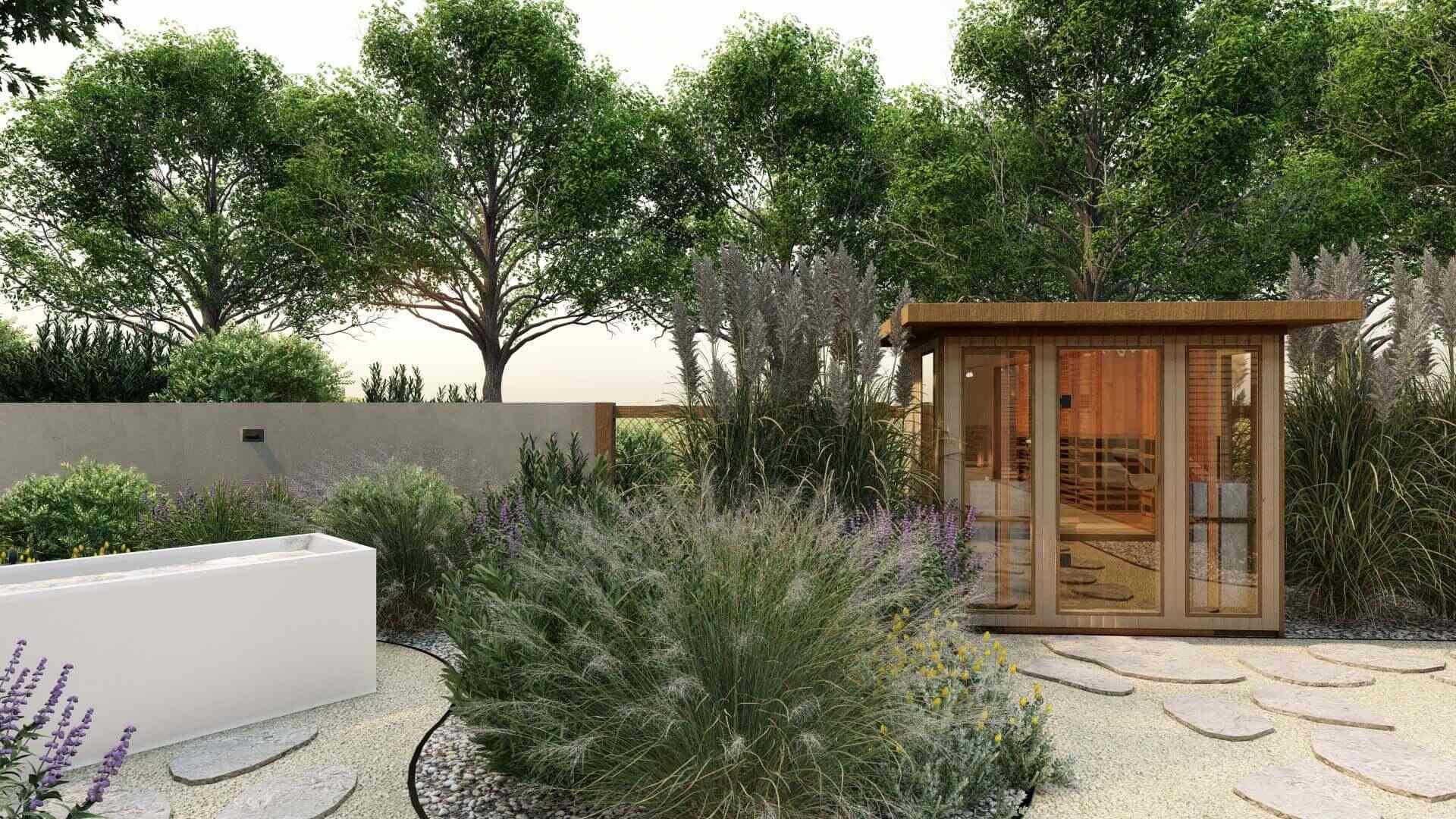

Ideas and Tips
Backyard Outdoor Sauna Construction for a Backyard Relaxation Retreat
Modified: November 1, 2024
Learn how to build a backyard outdoor sauna with our step-by-step guide. Create a relaxation retreat and enjoy the health benefits of your own sauna.
(Many of the links in this article redirect to a specific reviewed product. Your purchase of these products through affiliate links helps to generate commission for Storables.com, at no extra cost. Learn more)
Building an outdoor sauna in your backyard can be a rewarding and therapeutic project. Not only does it provide a serene space for relaxation, but it also offers numerous health benefits. In this article, we will guide you through the process of constructing an outdoor sauna, from planning and designing to the final touches.
Planning and Designing Your Outdoor Sauna
Before you begin, it's essential to plan and design your outdoor sauna carefully. Here are some key considerations:
1. Location
The location of your sauna is crucial. It should be placed in an area that is easily accessible and has good ventilation. Avoid placing it near flammable materials or under trees that may drop branches.
2. Size
The size of your sauna will depend on the space available in your backyard and the number of people you plan to accommodate. A common size for an outdoor sauna is 8×12 feet, which can comfortably fit two to three people.
3. Materials
The choice of materials is vital for building an outdoor sauna. Cedar is a popular choice due to its durability and resistance to moisture. However, it can be expensive. Other options include beetle kill pine or reclaimed wood, which can be more budget-friendly.
4. Electrical vs. Wood Burning
One of the primary decisions you'll need to make is whether to use an electric heater or a wood burning stove. Electric heaters are often preferred in areas where fire restrictions are in place or if you want a more straightforward installation process.
Step-by-Step Guide to Building Your Outdoor Sauna
1. Preparing the Site
Before you start building, prepare the site by clearing any debris and leveling the ground. Ensure that the area is well-drained to prevent water accumulation.
2. Foundations
The foundation of your sauna is critical for its stability and longevity. There are several types of foundations you can use, including slab/pad (concrete), pier-and-beam, and insulated concrete forms (ICFs). A slab/pad foundation is one of the most common and involves digging a square hole, adding hardcore and sharp sand for leveling, installing a moisture barrier, and pouring concrete.
3. Framing the Walls and Roof
Once the foundation is set, frame the walls and roof of your sauna using wooden studs. Ensure that the frame is sturdy enough to support the weight of the sauna and any additional features like benches or windows.
4. Insulation
Insulation is crucial for maintaining the temperature inside your sauna. Use standard fiberglass insulation or consider more eco-friendly options like recycled denim insulation. Ensure that the insulation is properly sealed to prevent heat loss.
5. Flooring
The flooring of your sauna can be made from tile, concrete, or wood. A wooden floor is aesthetically pleasing but may require more maintenance. A tile floor is easier to clean but can be cold underfoot. Concrete is durable but may require additional insulation.
6. Heating System
If you decide to use a wood burning stove, ensure that it is installed correctly and meets local building codes. For electric heaters, follow the manufacturer's instructions for installation and ensure that it is safely connected to your electrical system.
7. Finishing Touches
Once the structural elements are in place, you can add finishing touches like cedar siding on the outside and cedar tongue and groove on the inside for a natural and rot-resistant finish. Add windows for ventilation and aesthetic appeal, but keep them away from the heat source to avoid damage.
Additional Design Elements
1. Changing Room
A changing room is a convenient addition to your sauna. It provides a private space for undressing and dressing before and after using the sauna. You can build a small shed or use a prefabricated changing room unit.
2. Benches and Seating
Benches or seating areas are essential for comfort during your sauna sessions. You can use wooden benches or add cushions for extra comfort. Consider adding storage compartments under the benches for towels and other essentials.
3. Lighting
Proper lighting is important for safety and ambiance. Use LED lights under benches or install dimmable overhead lights to create a relaxing atmosphere.
Health Benefits of Saunas
Saunas have been used for centuries for their numerous health benefits. Here are some of the key advantages of using a sauna:
1. Detoxification
Saunas help in detoxifying the body by sweating out toxins. The high temperatures cause your body to sweat profusely, which helps in removing harmful substances from your system.
2. Cardiovascular Health
Regular sauna use has been linked to improved cardiovascular health. The heat stress caused by saunas can strengthen your heart and improve circulation.
3. Muscle Relaxation
Saunas are excellent for muscle relaxation. The dry heat helps in reducing muscle tension and can alleviate symptoms of conditions like arthritis.
Maintenance and Safety Tips
1. Regular Cleaning
Regular cleaning is essential to maintain the hygiene of your sauna. Clean the floor and walls regularly, and ensure that the changing room is well-ventilated.
2. Safety Precautions
Always follow safety precautions when using a sauna. Ensure that children and pets are kept away from the sauna area, and never leave the sauna unattended while it is in use.
3. Electrical Safety
If you are using an electric heater, ensure that it is safely connected to your electrical system and follow the manufacturer's instructions for use.
Conclusion
Building an outdoor sauna is a rewarding project that offers numerous health benefits and a serene space for relaxation. By carefully planning and designing your sauna, choosing the right materials, and following safety guidelines, you can create a backyard relaxation retreat that you and your family will enjoy for years to come.
Whether you decide to use an electric heater or a wood burning stove, ensure that your sauna is well-insulated and maintained regularly. Add design elements like benches, lighting, and a changing room to enhance the experience. With proper care and attention, your outdoor sauna will become a haven for relaxation and rejuvenation.
References:
- Saunatimes. (March 2015). Outdoor Sauna: Sizing, Flooring, Electricity?
- Saunatimes. (October 2016). Built from Reclaimed and Collected Materials, This DIY Sauna Build…
- Reddit. (February 2025). Building Outdoor Sauna from Scratch – What to Know.
- Outside Online. (December 2019). How to Build Your Own Sauna.
- Build Your Own Sauna. (December 2014). How to Select the Right Type of Foundations for Your Sauna.
Was this page helpful?
At Storables.com, we guarantee accurate and reliable information. Our content, validated by Expert Board Contributors, is crafted following stringent Editorial Policies. We're committed to providing you with well-researched, expert-backed insights for all your informational needs.

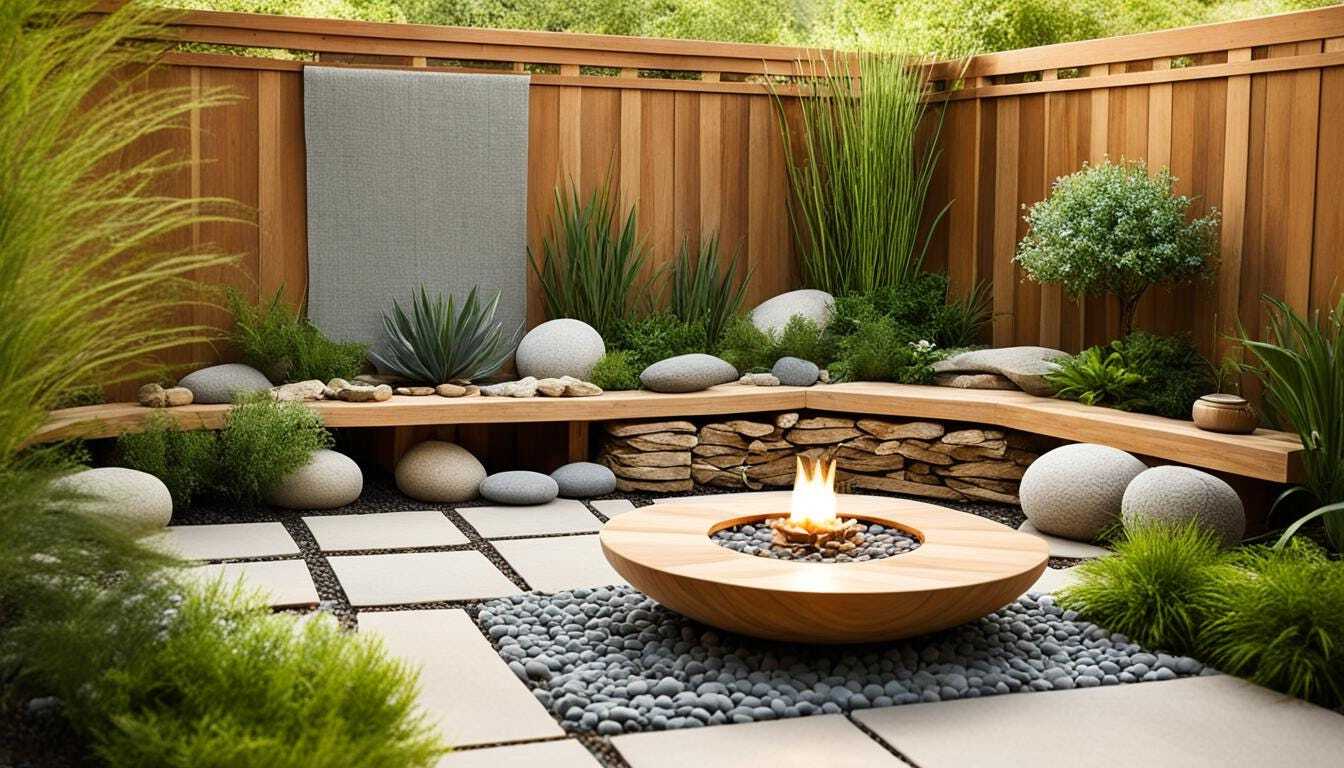
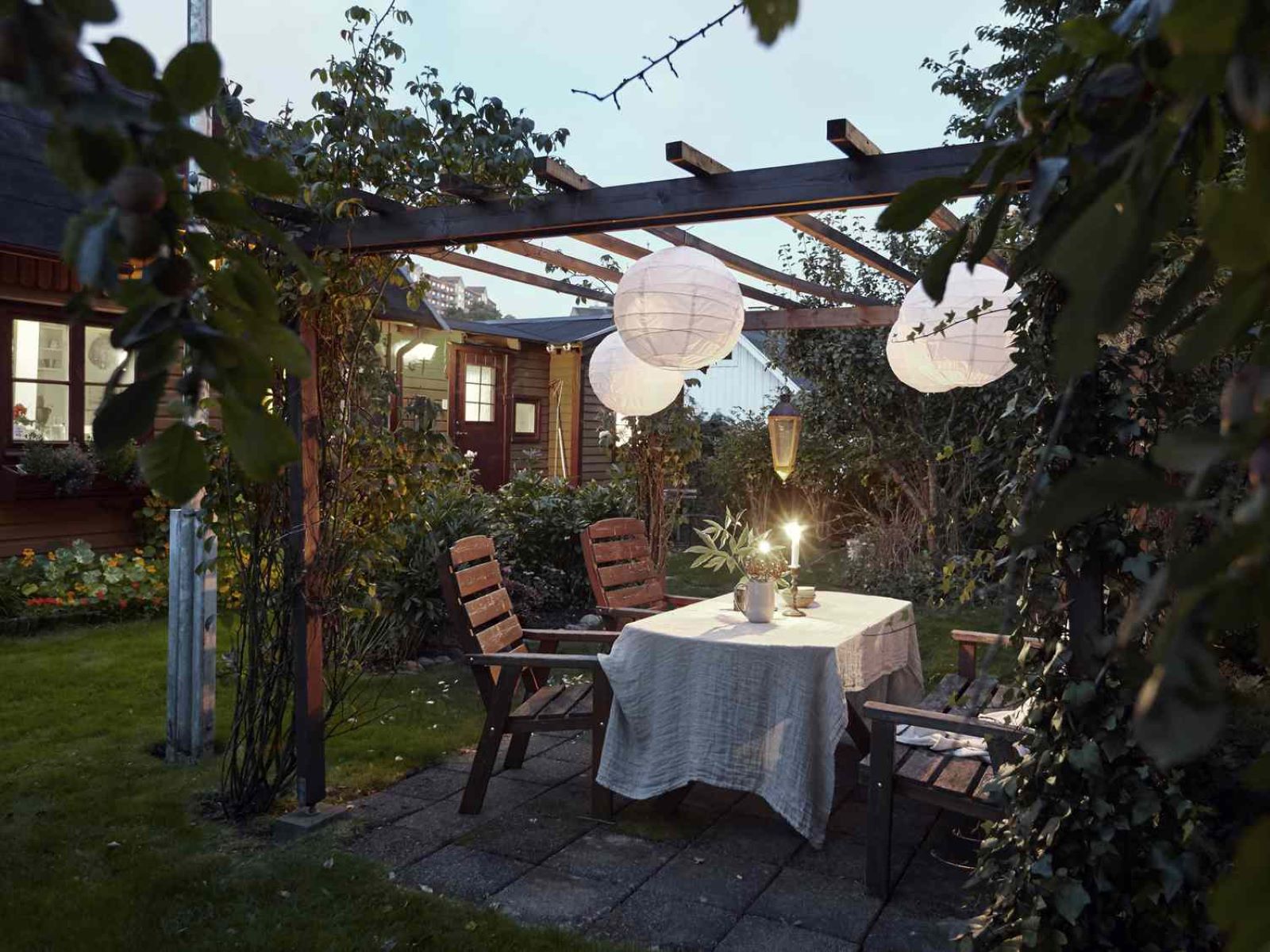
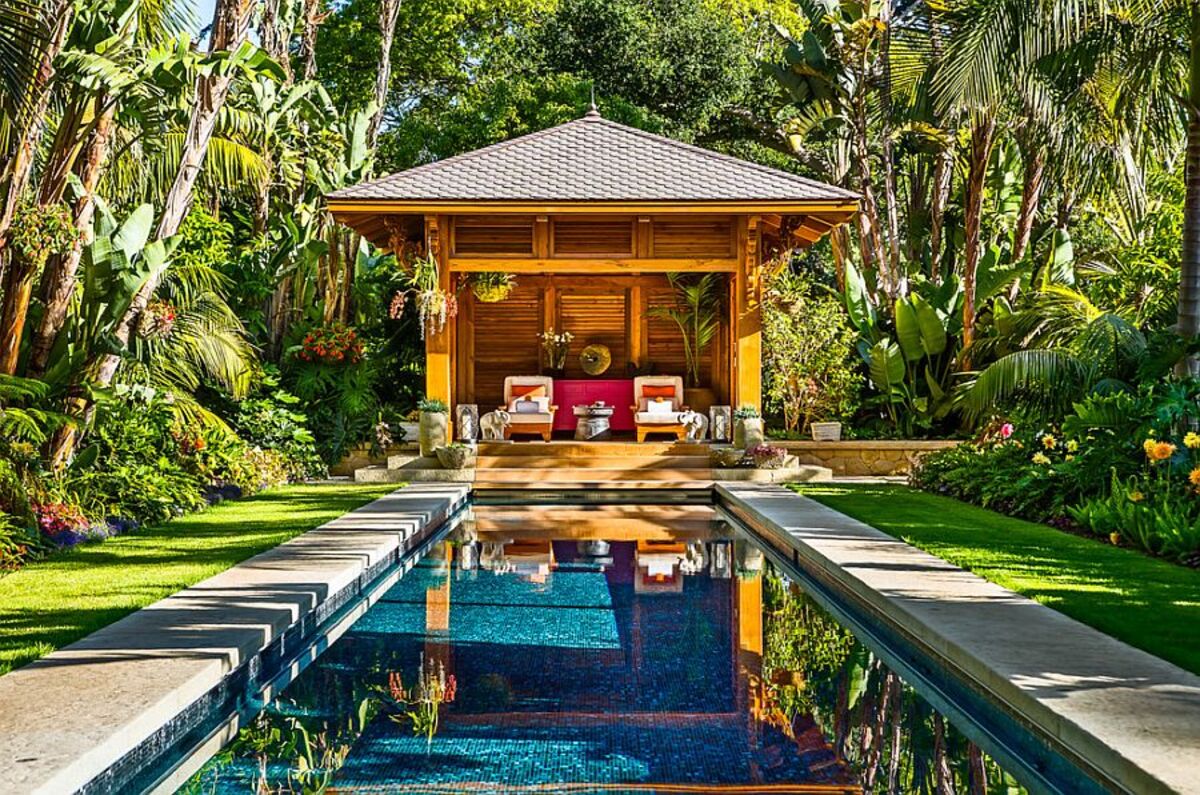
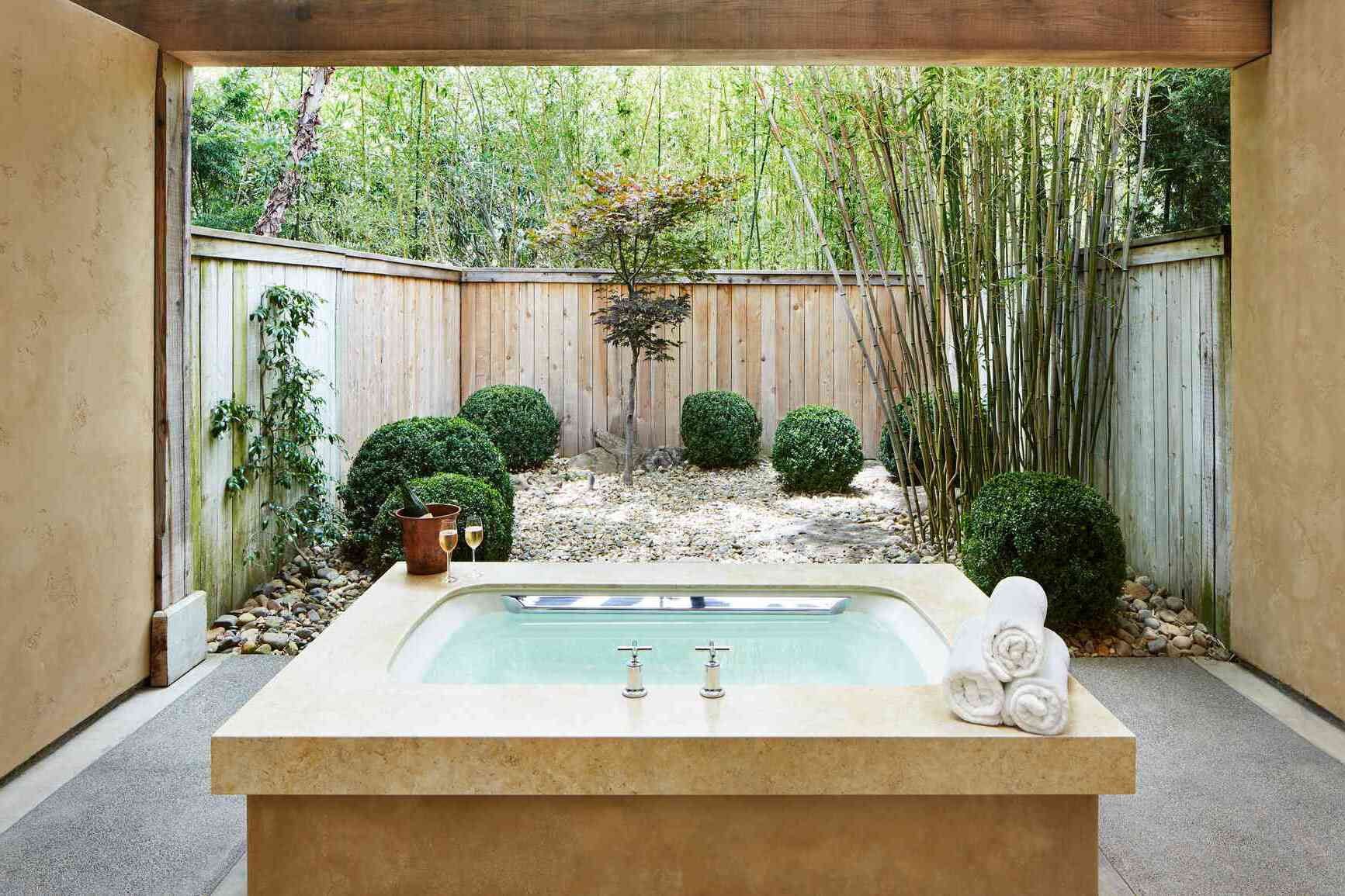
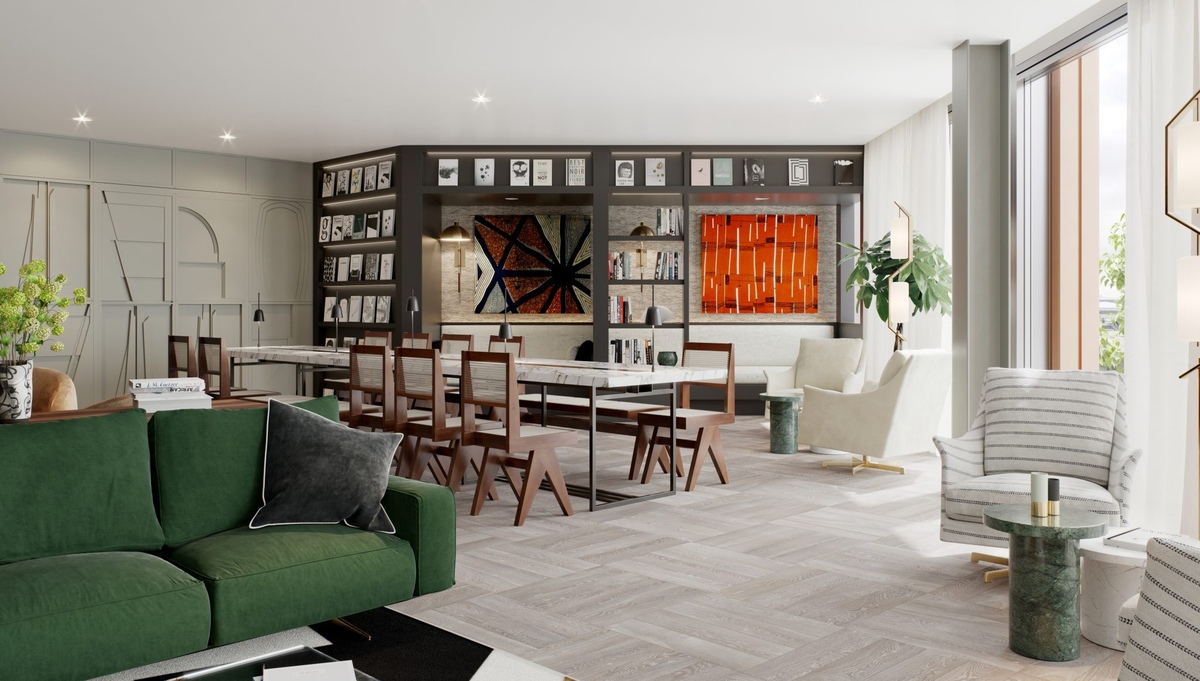
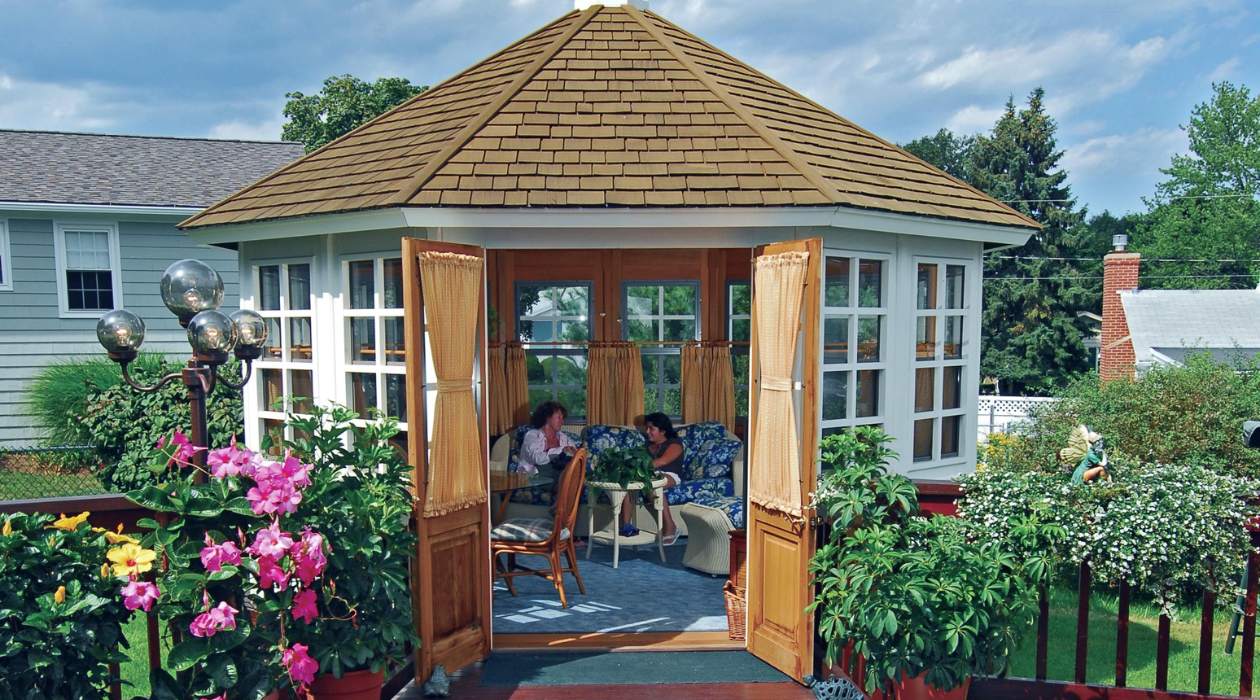
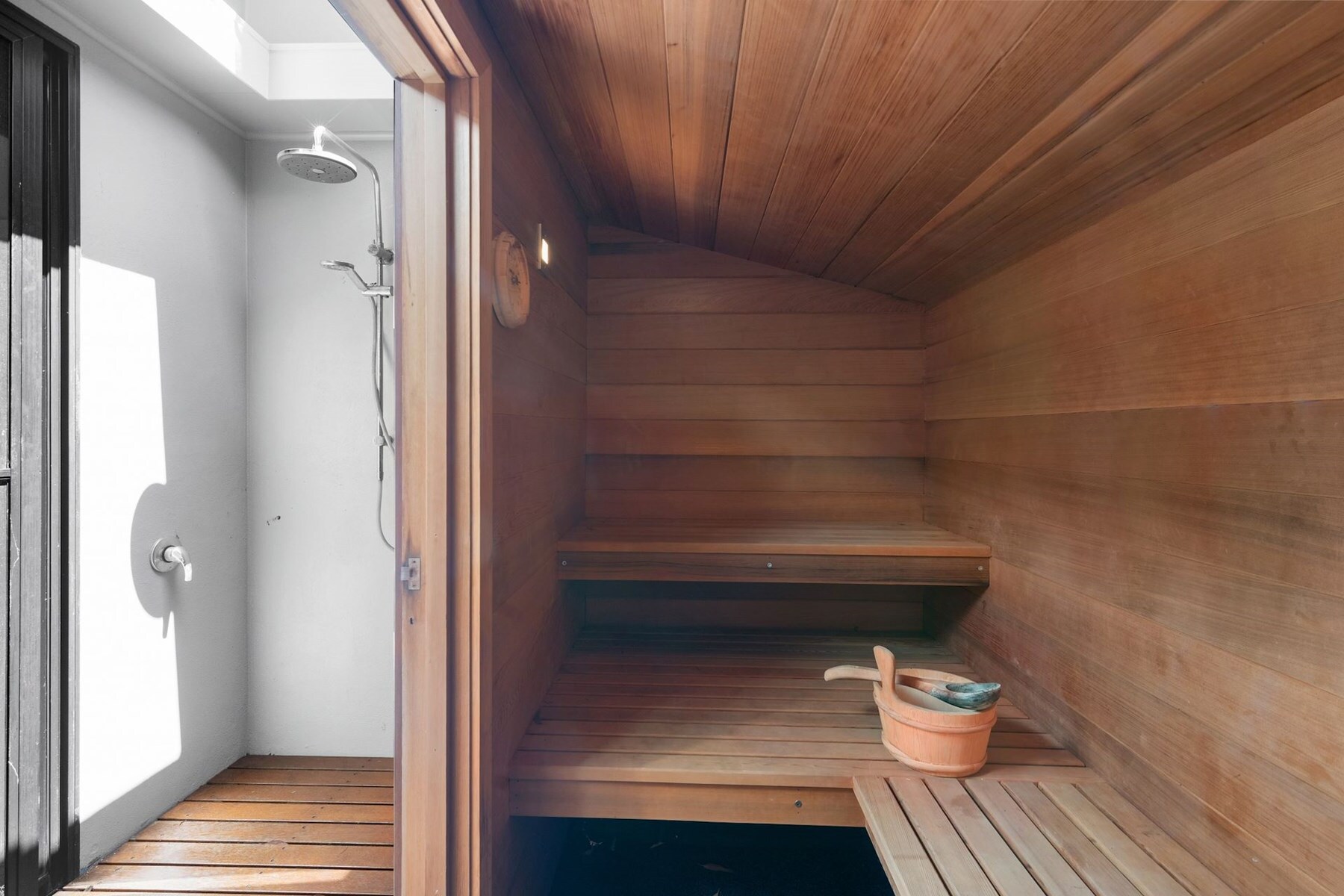
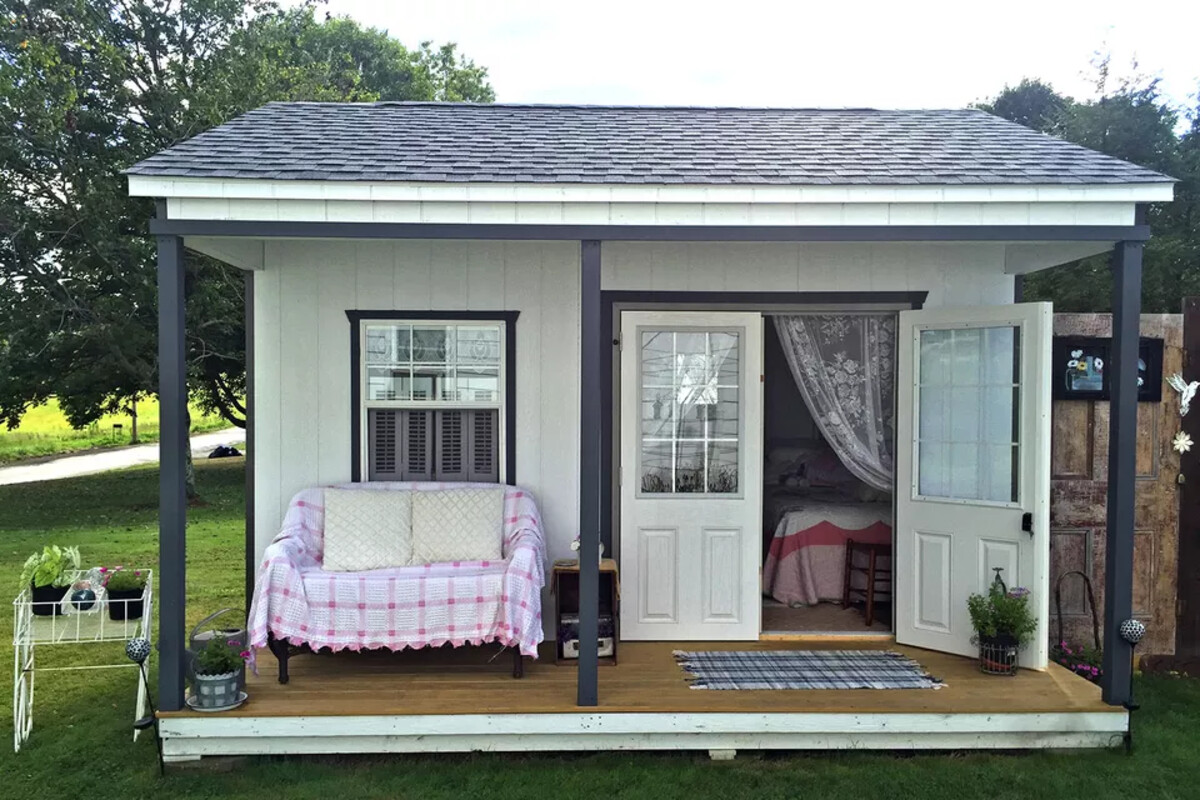
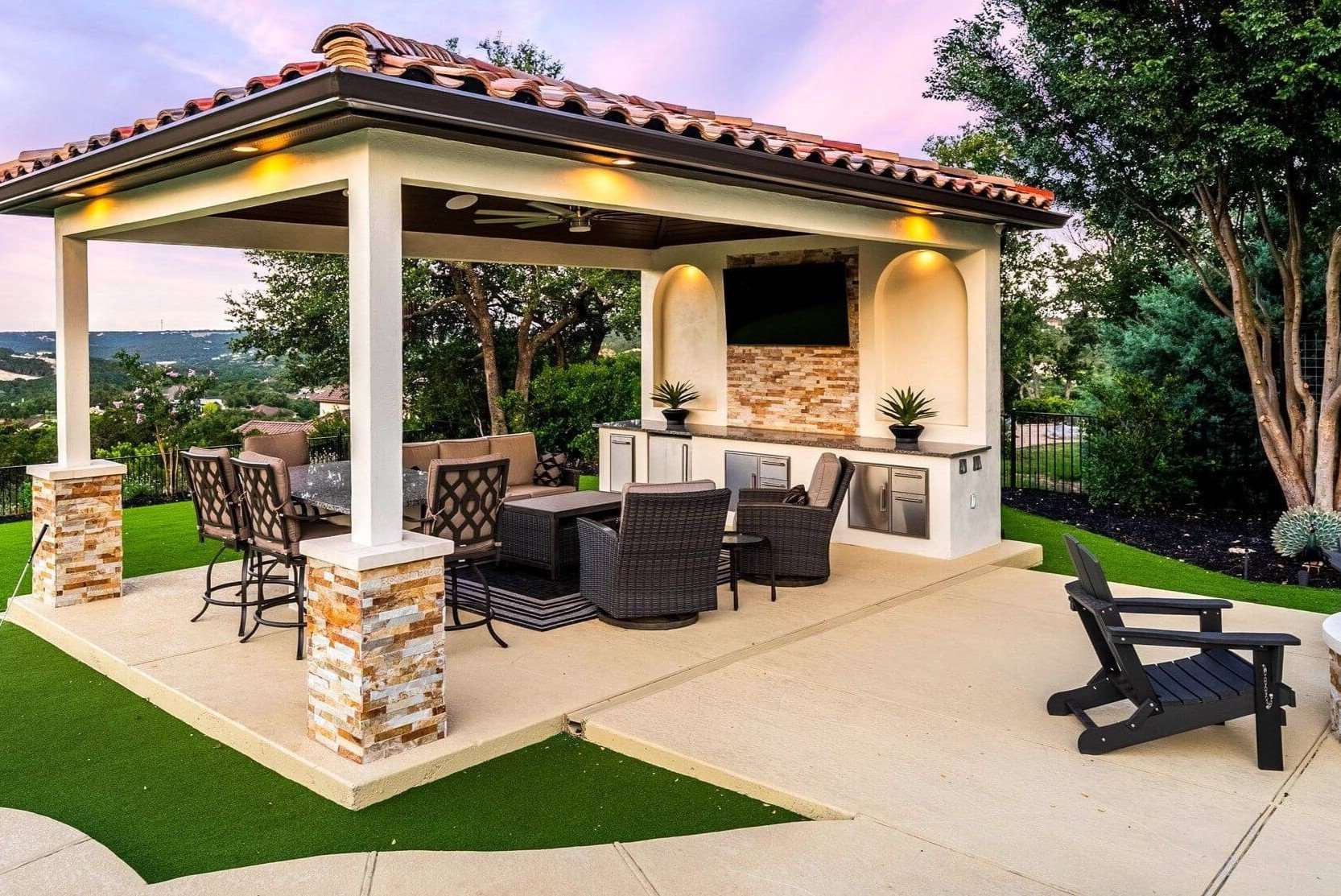
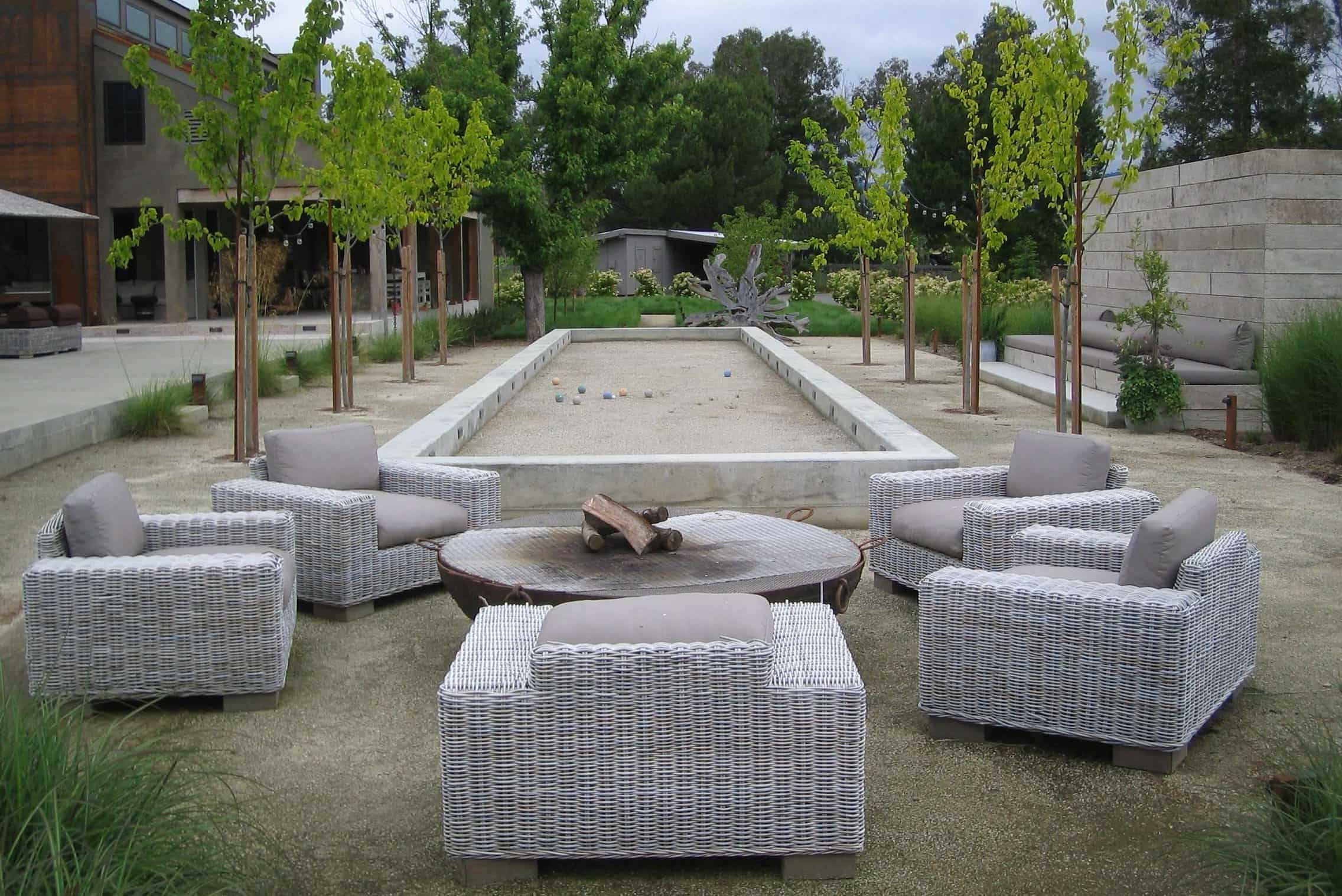
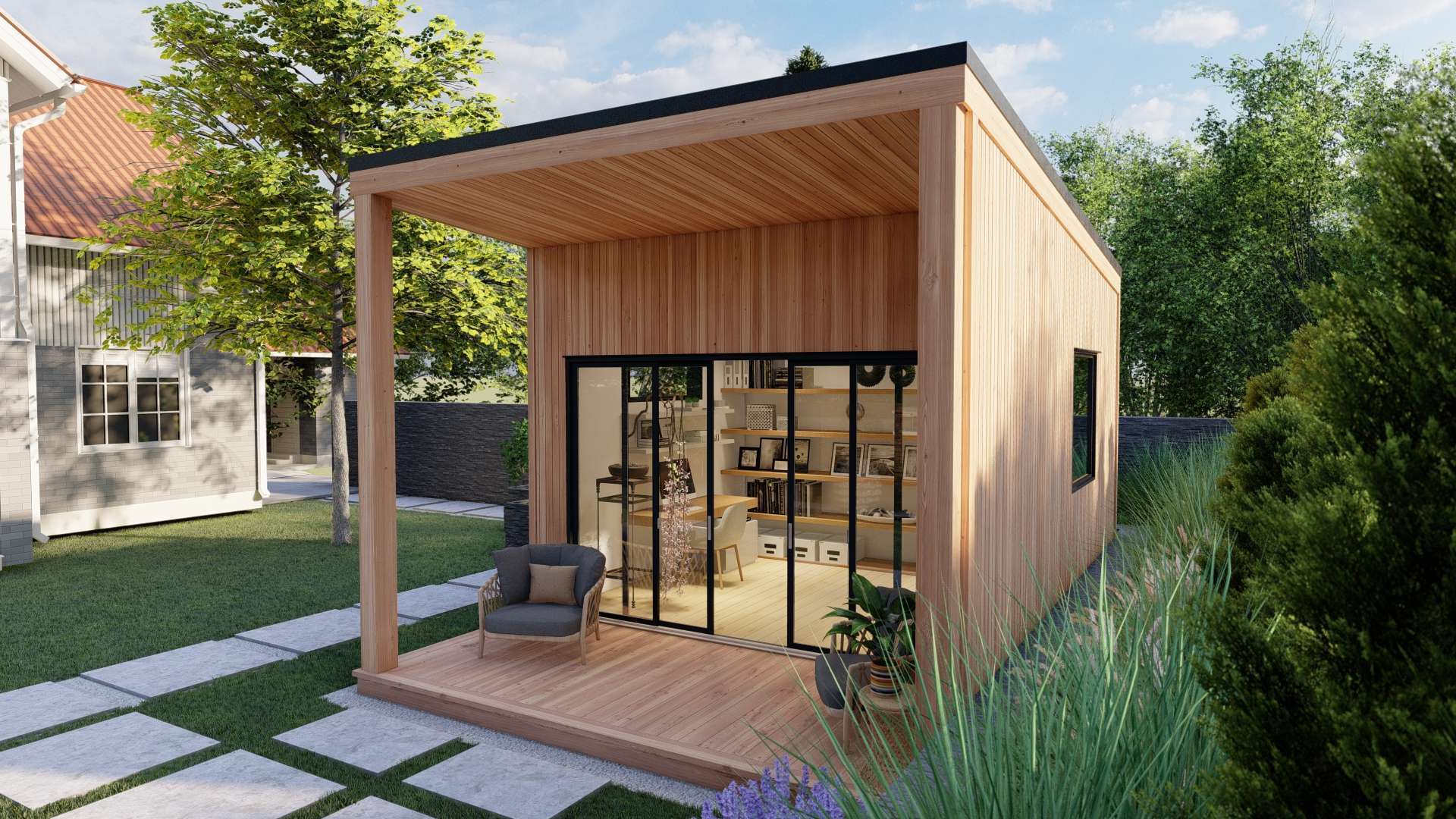
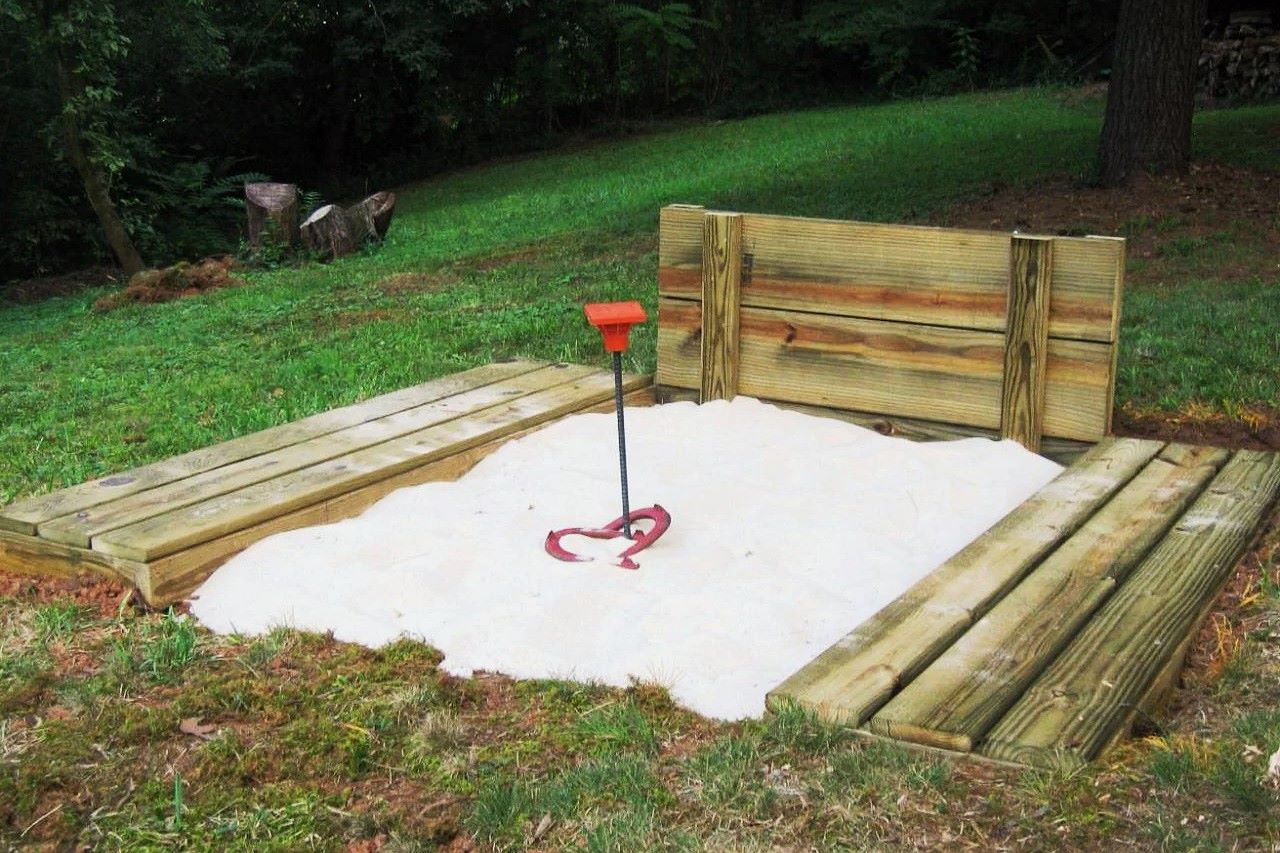
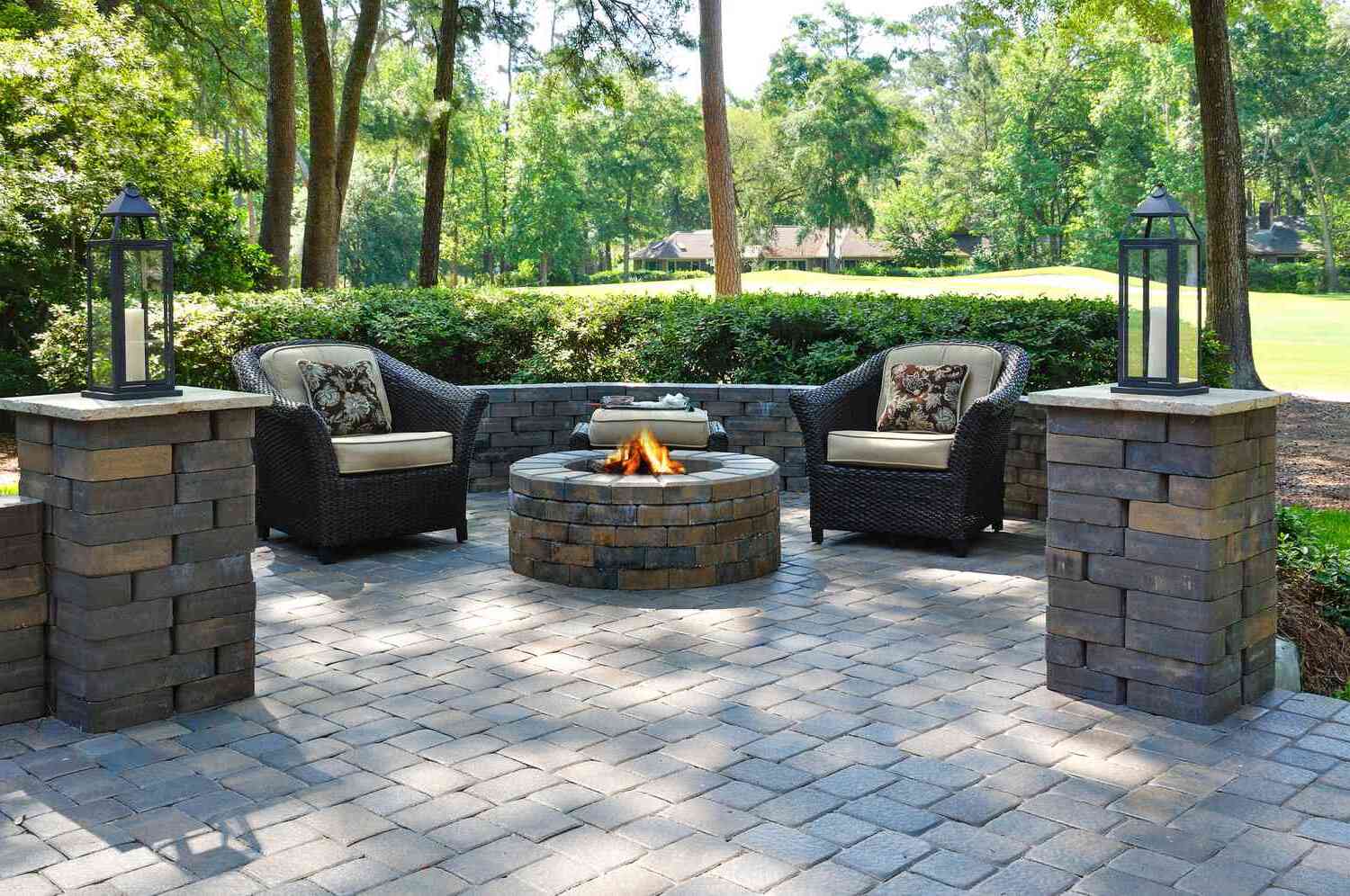

0 thoughts on “Backyard Outdoor Sauna Construction for a Backyard Relaxation Retreat”